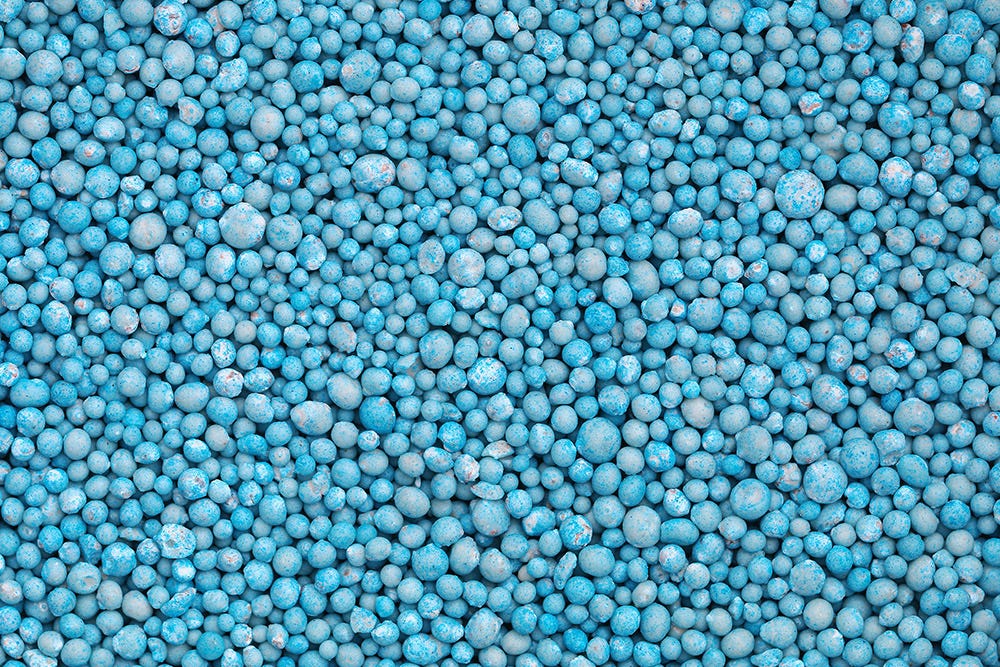
With its moisture-retentive and free-draining properties, leaf mould is ideal for using as mulch around border plants or as potting compost.
How to make a leaf mould cage
-
Choose a location that’s preferably out of sight – shaded in summer and not too sheltered from the rain – to allow moisture in.
-
Lay down a 1m square piece of weed-suppressing membrane to act as a base for your heap.
-
Use a rubber mallet to hammer four tree posts into the ground – one at each corner of the sheet.
-
Wrap a length of galvanised or coated chicken wire around the four posts, allowing some overlap, and secure it with wire or twine.
-
The leaves will shrink down by about two-thirds once they start decomposing and the leaf mould should be ready in a year or two.
Collecting leaves
-
Use a lightweight pair of grabbers or two seed trays to pick up a large number of leaves in one go off the ground – then drop directly into the leaf mould pile or take over in a wheelbarrow.
-
Electric leaf blowers – especially ones that also collect and shred – are very handy for gathering leaves in areas that are hard to sweep or rake.
-
Cram more in by chopping up the leaves first to reduce their volume.
Which types of leaves to collect
It’s best to mix leaves of a similar type together so they break down at the same speed.
-
Deciduous trees such as birch ash, beech, oak, poplar and willow with their small, thin leaves rot more quickly than the large leathery type you get from horse chestnut, sycamore, maple, hawthorn and magnolia.
-
Evergreens like holly and laurel, and conifers with their waxy, resin-coated needles, take even longer to break down and will need shredding before being added to the pile.
Plastic sacks method
If you have a smaller garden, where there isn’t the space for a leaf mould cage, plastic bin bags are a good alternative. Simply pack with damp leaves, loosely tie the bag at the top and punch small holes in the sides to let any moisture drain out.

Fertilising your lawn during the summer will strengthen the grass – keeping it healthy and resilient when faced with hotter, drier conditions. Fertilise with confidence by applying these top tips.


